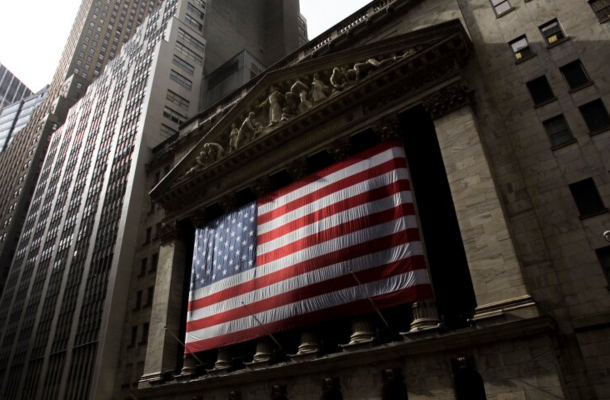
During the third quarter of 2023, the GDP soared to 4.9% propelled by consumer expenditure, despite a decrease in personal savings, indicating potential upcoming financial worries.
Growth fueled by consumer expenditure and private inventory.
The personal savings rate declines from 5.2% to 3.8%.
The real gross domestic product (GDP) experienced a 4.9% upsurge in the third quarter of 2023, almost doubling the growth rate of 2.1% in the previous quarter, according to preliminary estimates from the Bureau of Economic Analysis. It should be noted that this data is subject to updates, with a more comprehensive report set for release on November 29, 2023.
The growth in GDP can be attributed to heightened consumer spending in both goods and services. Key contributors in the services sector were housing, utilities, healthcare, financial services, and food services. Additionally, non-durable goods, such as prescription drugs and recreational goods, along with vehicles, played a significant role in the goods sector. There were significant increases in private inventory investment, particularly in manufacturing and retail trade, and an upswing in federal, state, and local government spending. However, a decrease in nonresidential fixed investment slightly moderated this expansion.
The third quarter witnessed an acceleration in the GDP growth rate, primarily due to increased consumer spending, private inventory investment, and federal spending. There were also improvements in exports and residential fixed investment. On the other hand, nonresidential fixed investment declined, and state and local government spending decelerated. The current dollar GDP for the third quarter grew by 8.5%, reaching $27.62 trillion, while the price index for gross domestic purchases rose by 3.0%.
Regarding personal finance, current-dollar personal income increased by $199.5 billion in the third quarter, albeit at a lower rate than in Q2. Despite a rise in disposable income, real disposable personal income declined by 1.0%. Savings also decreased, with the saving rate dropping from 5.2% in Q2 to 3.8% in Q3.
Considering the overall robust GDP growth, along with increased consumer and government spending, the short-term economic outlook appears optimistic. However, the decline in personal savings and nonresidential fixed investment may warrant close observation in the upcoming months.

Subscribe to our daily newsletter and get the best forex trading information and markets status updates
Trade within minutes!
Comment (0)